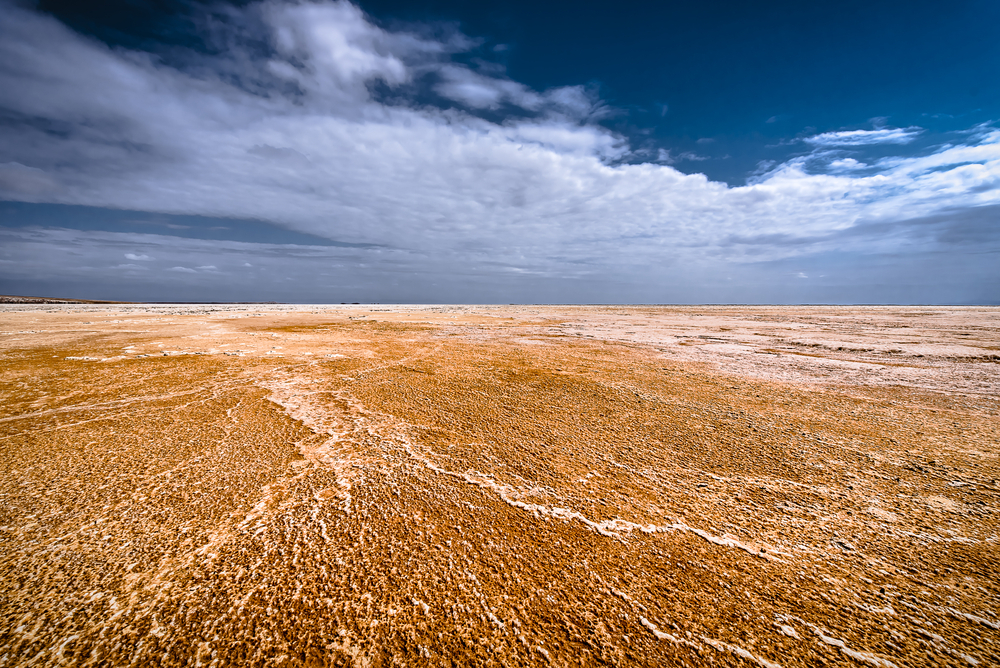
Will We Have a New Ocean in Africa? Exploring Potential Geological Changes
In the days before and after the opening of a fault in the Ethiopian desert in September 2005, the earth shook with no fewer than 420 earthquakes. Volcanic activity bubbled across the landscape, sending ash into the sky. In the climactic event, the ground tore open like a pair of jeans too tight, opening a 35-mile fissure. About 25,000 herders have fled the first major new “dyke surge” to hit the land since 1970, according to one paper.
Scientists rushed to the rift, hoping to study a process that normally occurs underwater at the mid-ocean ridge, where volcanic material forms new oceanic crust. How exactly this happens on land, however, is poorly understood.
Ann early paper on the rift, led by Atalay Ayele, an associate professor at Addis Ababa University in Ethiopia, drew a parallel with underwater diversity, calling the new landmass a “nascent oceanic rift” that could further split the landmass.
Could a new ocean form in Africa?
Yes, but it will take millions of years, geologists say, and a lot of help from other terrestrial elements on the continent.
East African Rift System
The rift, which split in 2005, is part of the much larger East African Rift System (EARS), a network of fissures and valleys that first appeared about 25 million years ago when the first apes evolved in Africa. Over time, the system branched and spread south to where it ends today in Mozambique, near the Indian Ocean. Along the way, EARS skirted Lake Victoria, splitting into two different paths.
Shifting tectonic plates
Shifting tectonic plates underlie the system, including the Somali Plate to the east, the large African (or Nubian) Plate, and the Arabian Plate to the northeast. In the middle of these massive slabs of land is the smaller Victorian slab, which is made of harder material and stands like a rock in a geological flow. As the rift widens, sections of the Somali plate may drift toward the Indian Ocean and open a narrow sea within the continent.
Lake Tanganyika
Some of the valleys within the EARS have already filled with water, most notably Lake Tanganyika, the second deepest lake in the world. The rest may one day fill with ocean water as they sink lower, but that will take the aforementioned millions of years.
“Remember, it took over 30 million years to [crust] thickness around the rift valley to decrease from 40 kilometers to 35 kilometers,” geologist Edwin Dindy said The new times newspaper“which means it will take many more years to remove another 5 kilometers.”
For this to happen, the African and Somali plates would need to separate much more, but they are currently separating at a rate of 0.5 inches per year.
The East African Rift System and nearby tectonic plates US Geological Survey
Ocean coefficients for rift valleys
Other forces could slow the separation and lead to a “failed” rift, one that fills with sediment instead of water and stagnates. Dindi points to a failed fault in Kenya, while the most famous example, the Mid-Continent Fault, runs about 1,800 miles through Wisconsin, Minnesota, Iowa and Michigan and contains rocks billions of years old. Volcanic eruptions spilled massive amounts of basalt onto the land, but North America refused to break apart.
Other researchers cautioned against naming a new ocean just yet, however high the hopes.
A 2020 survey questions Ayele’s conclusion that the rift was oceanic or something similar: “Are these modern zones direct Antecedents of oceanic spreading centers remain unresolved.”
And the PaleoMap project, led by geologist Christopher Scottese, which maps future and past plate tectonics, predicts that over 100 million years the Somali and African plates will stay together and collide with Europe and Asia to create a huge land mass.

